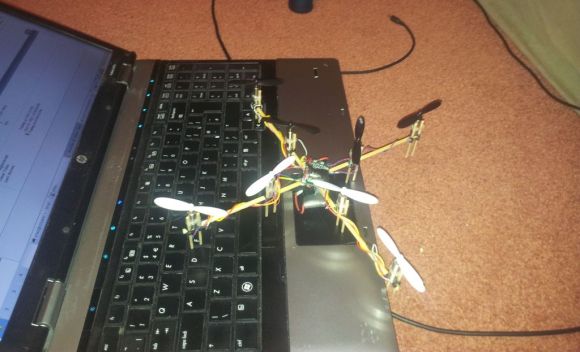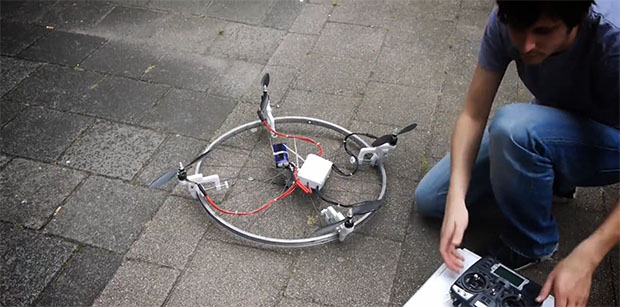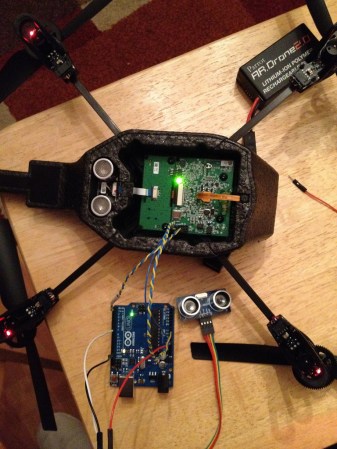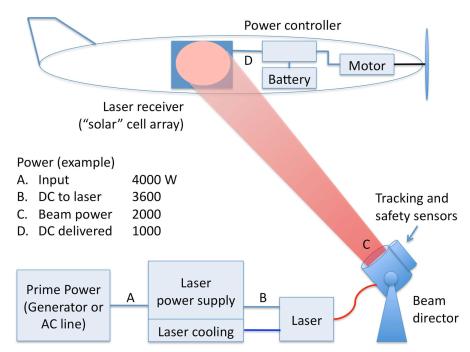
Quadcopters are the epitome of high-tech hobby electronics. We’re quite used to seeing the frames built out of modern materials (carbon fiber, 3d printed, etc). But it’s pretty hard to beat the strength-to-weight ratio of kebab skewers. You heard us correctly. [Shiny Shez] built his quadcopter frame from kebab skewers.
You might want to get that Boy Scout Handbook out and brush up on your lashing skills. Lashing is a method of using rope (string in this case) to fasten together wooden sticks (bamboo kebab skewers). Once the lashed joints are precisely oriented [Shiny] applies a liberal coat of super glue to cement them in place.
He went the easy route when it comes to control hardware. You can get spare parts for the Husban X4, a commercially available quadcopter. Its main controller is used here. The single board controls the motors, monitors an IMU to keep the aircraft stable while in flight, and includes a wireless transceiver. On the receiving side [Shiny] uses an Arduino with a wireless module. This way he can control the quadcopter from his laptop, or go one step further and use an Android phone.















